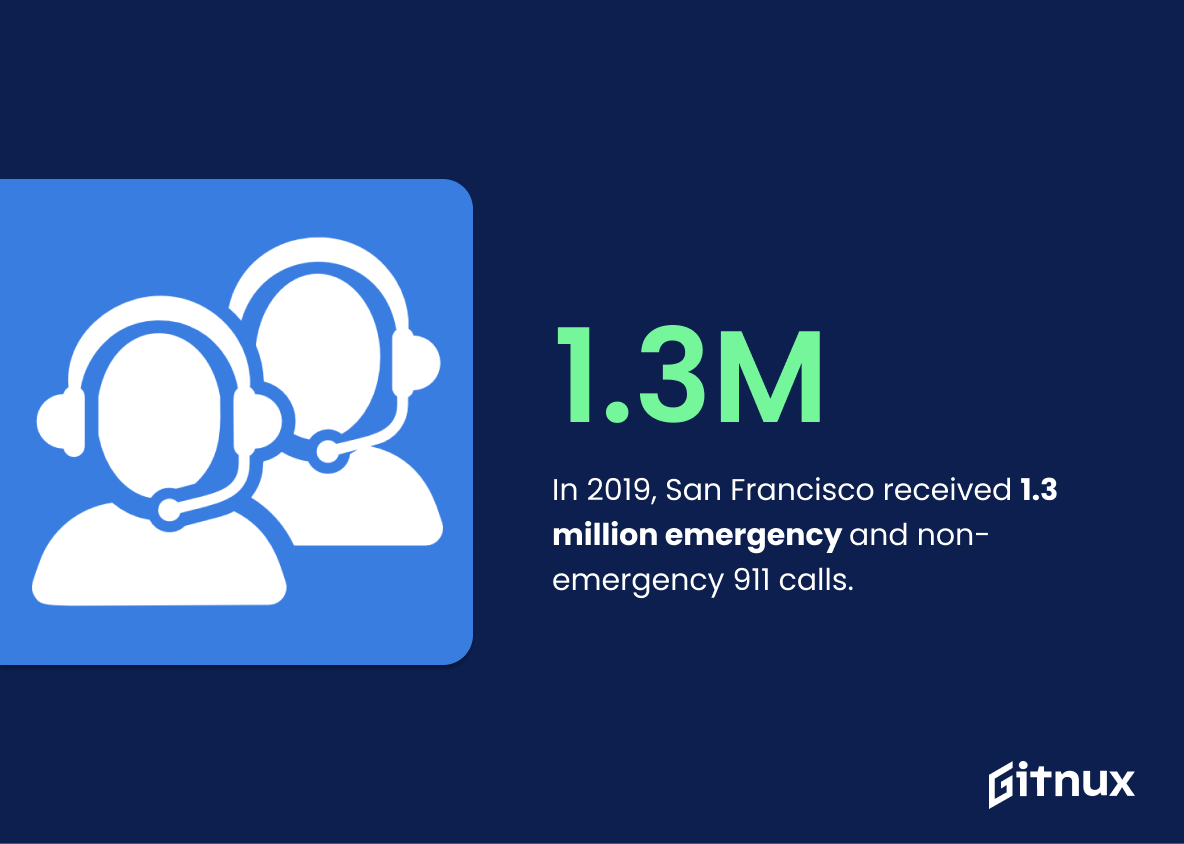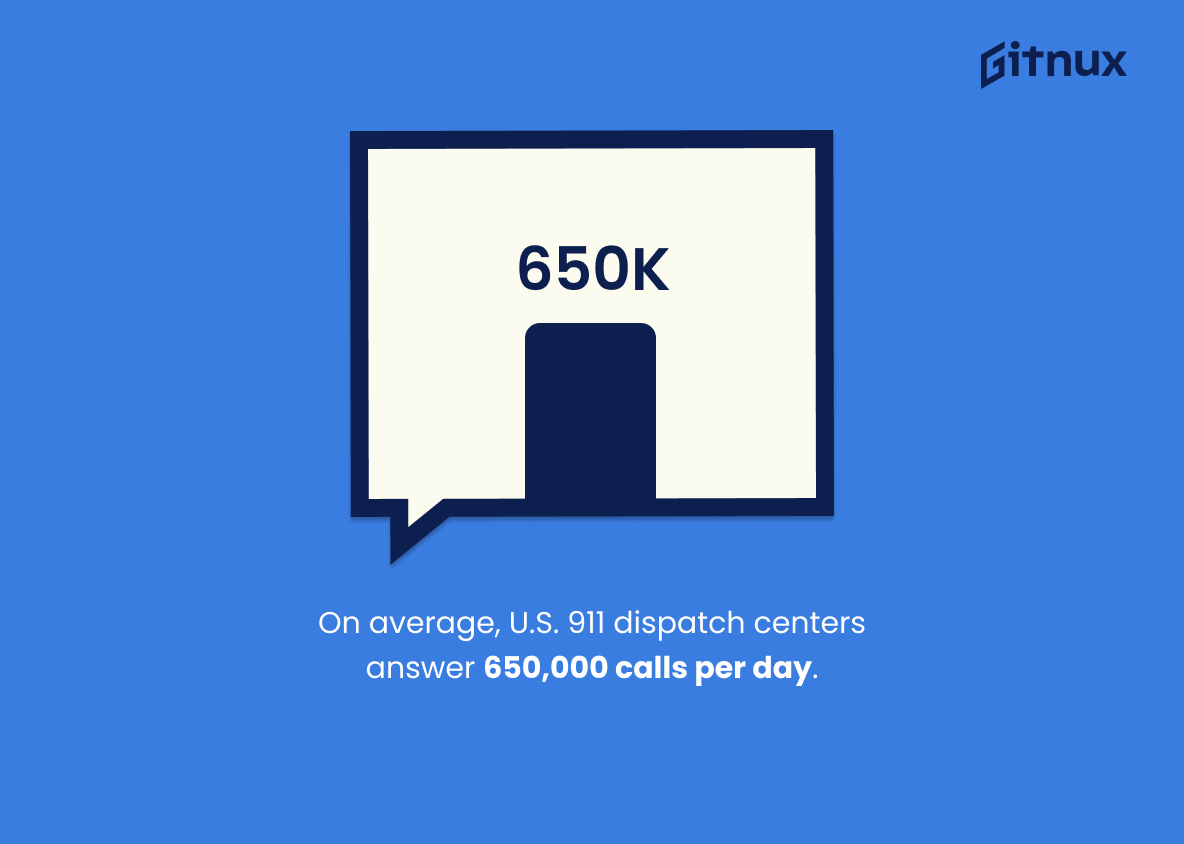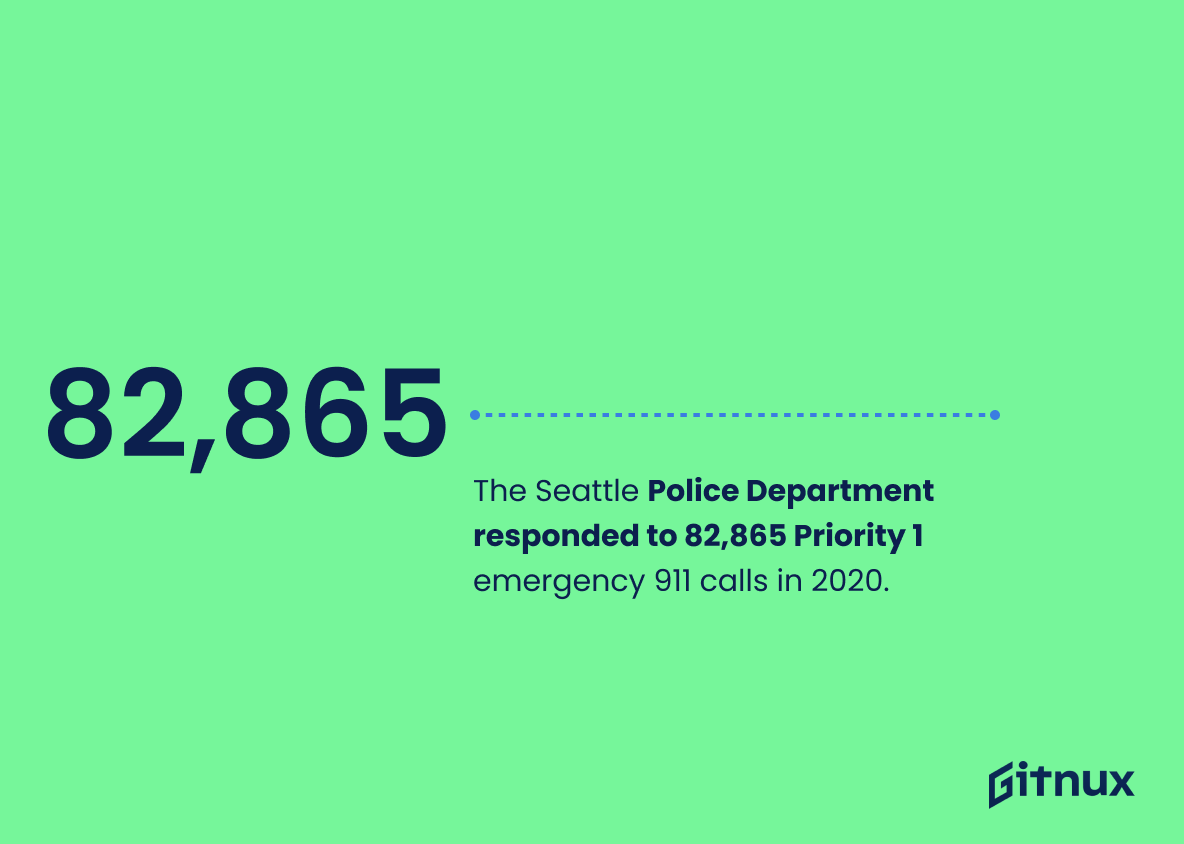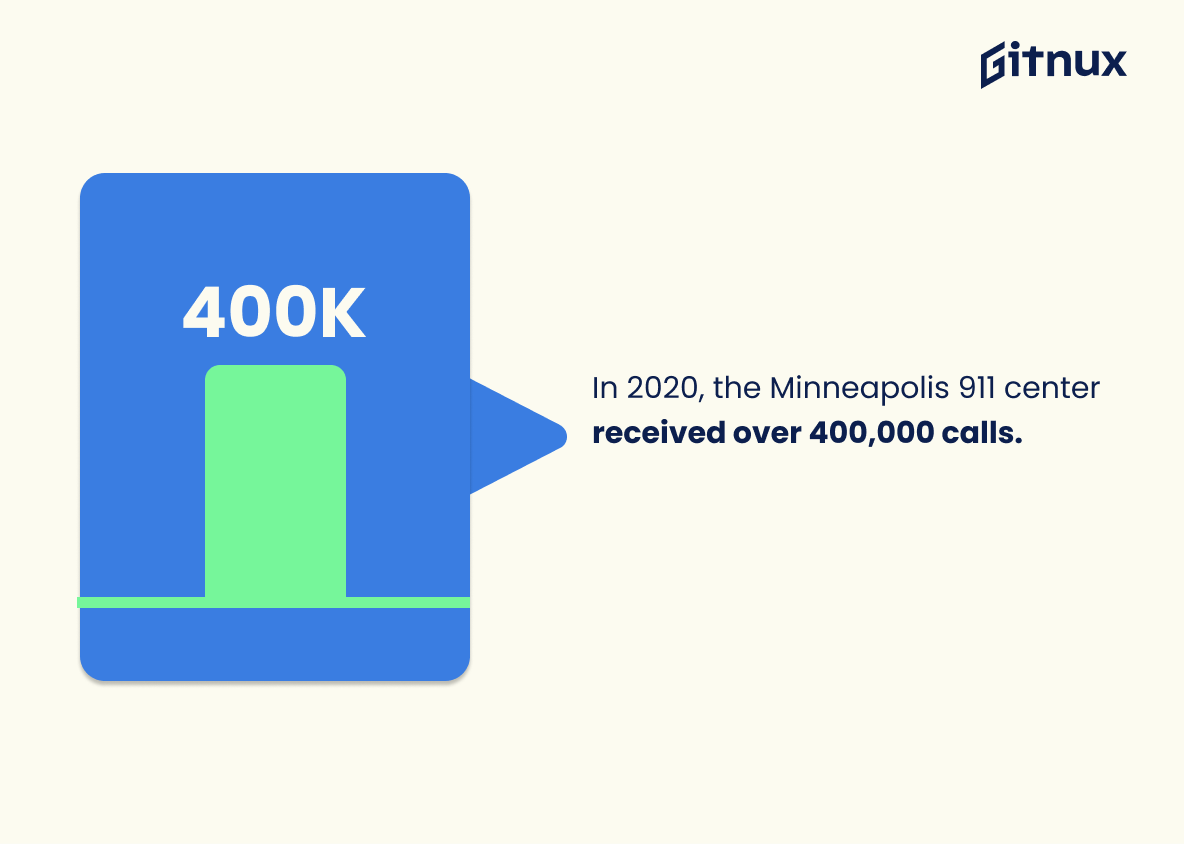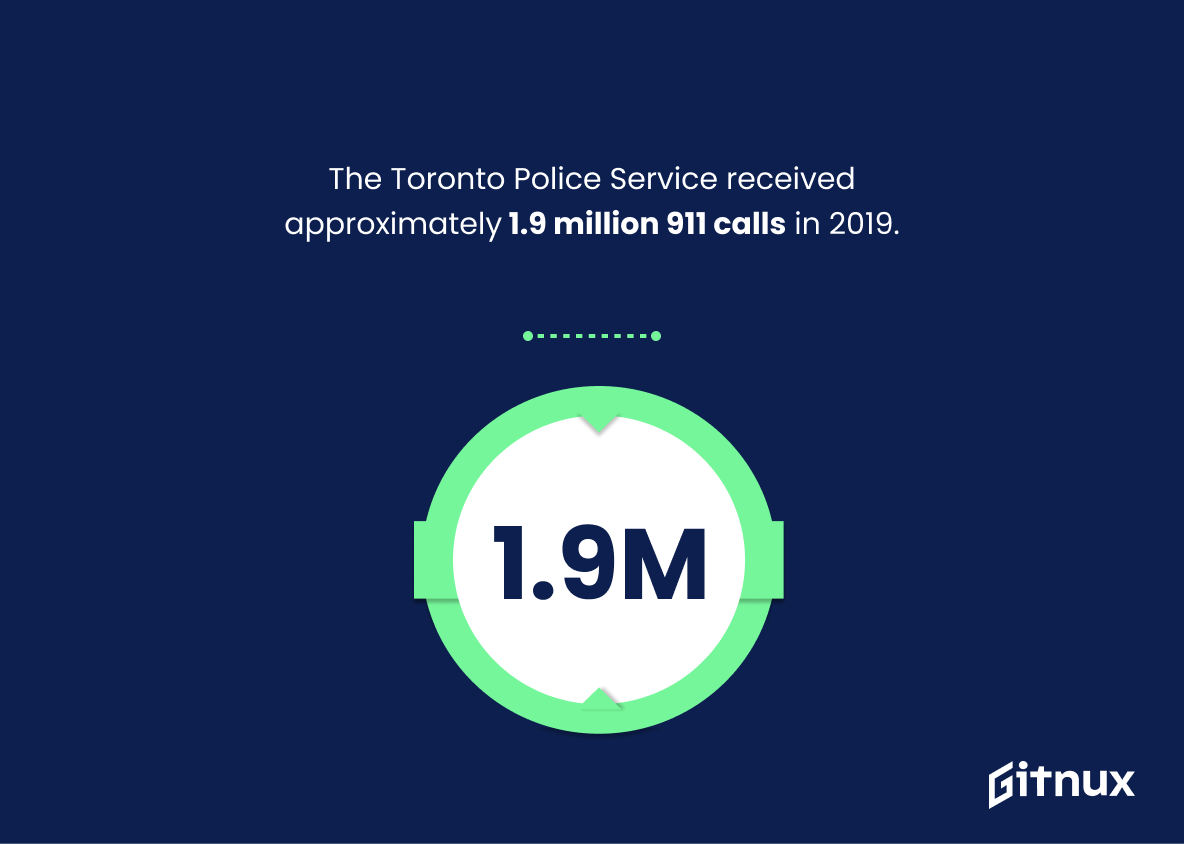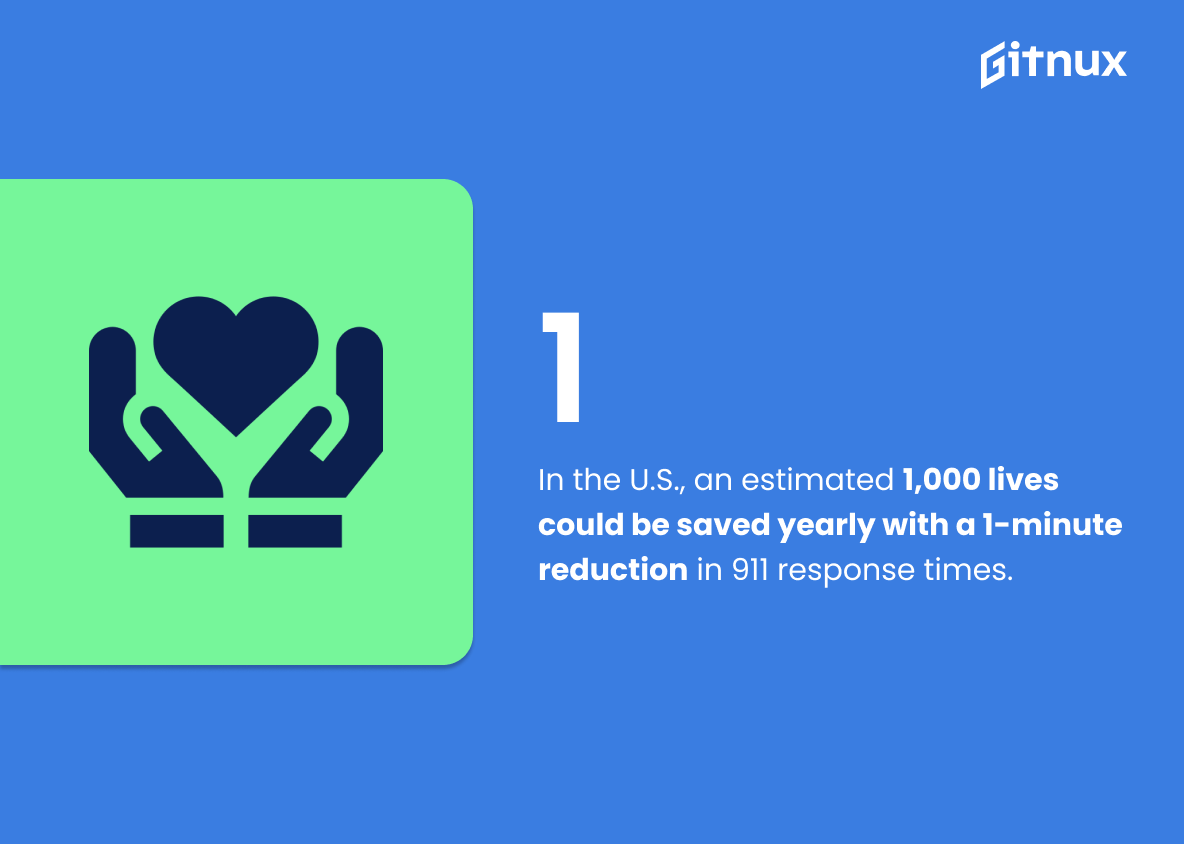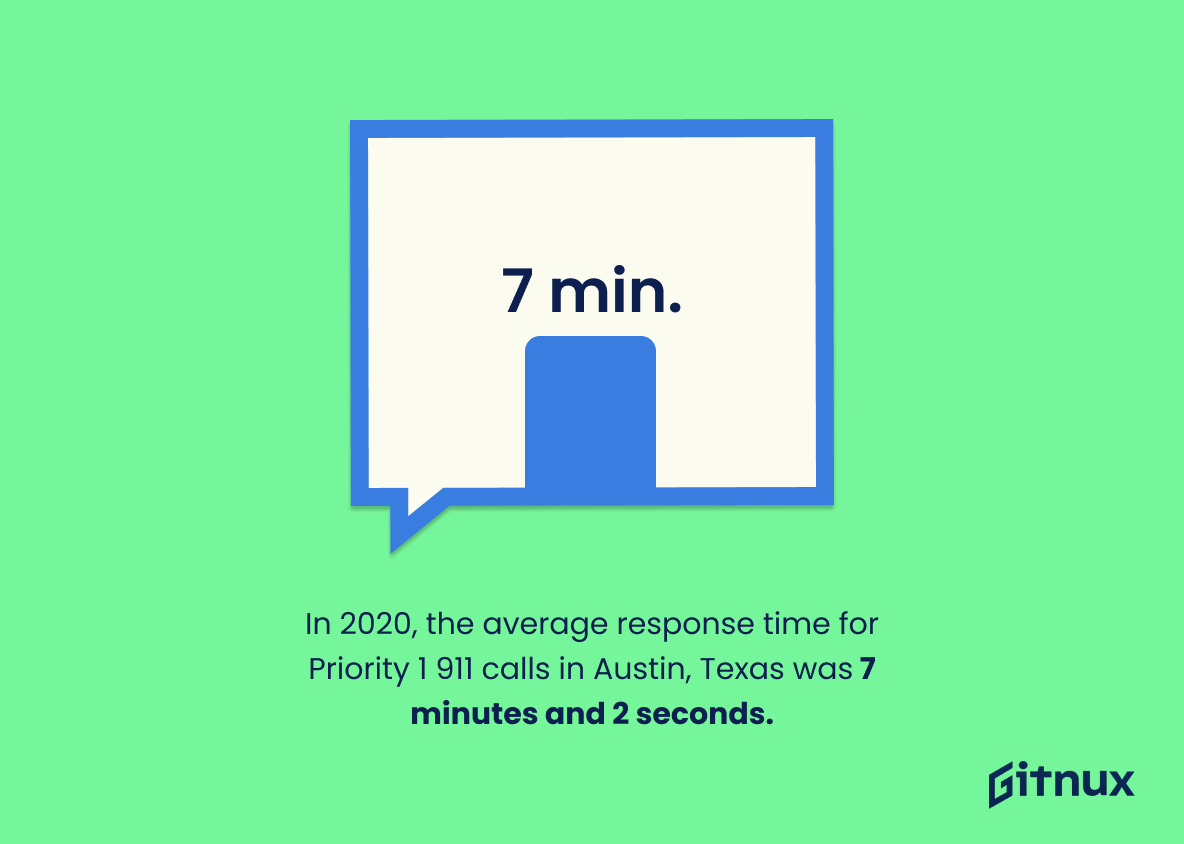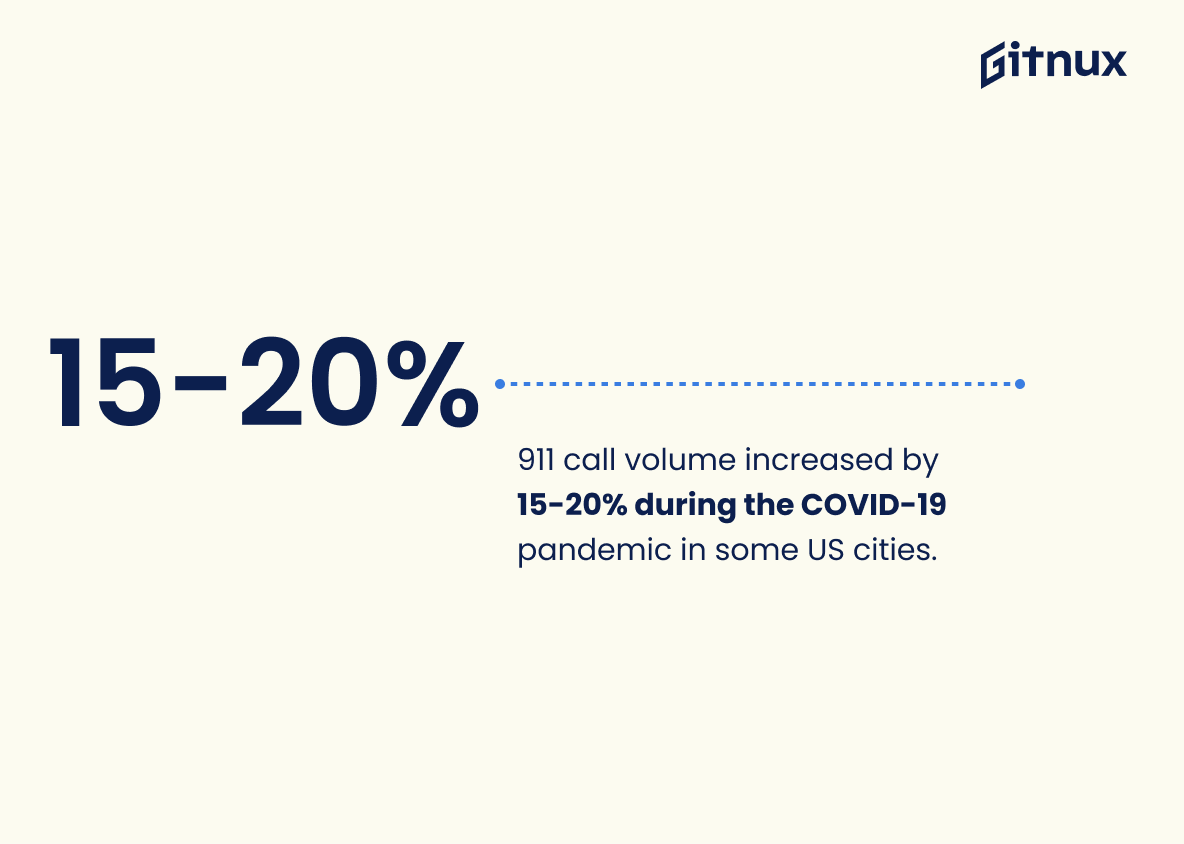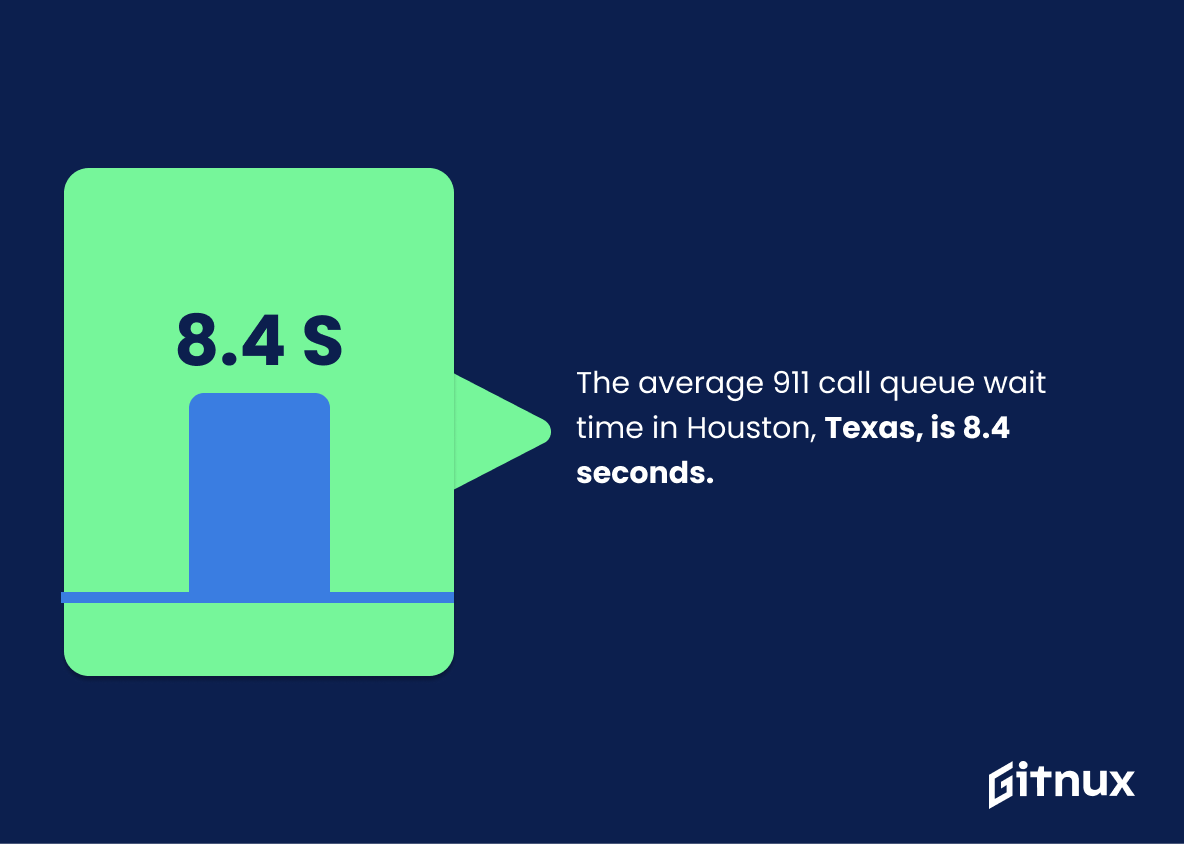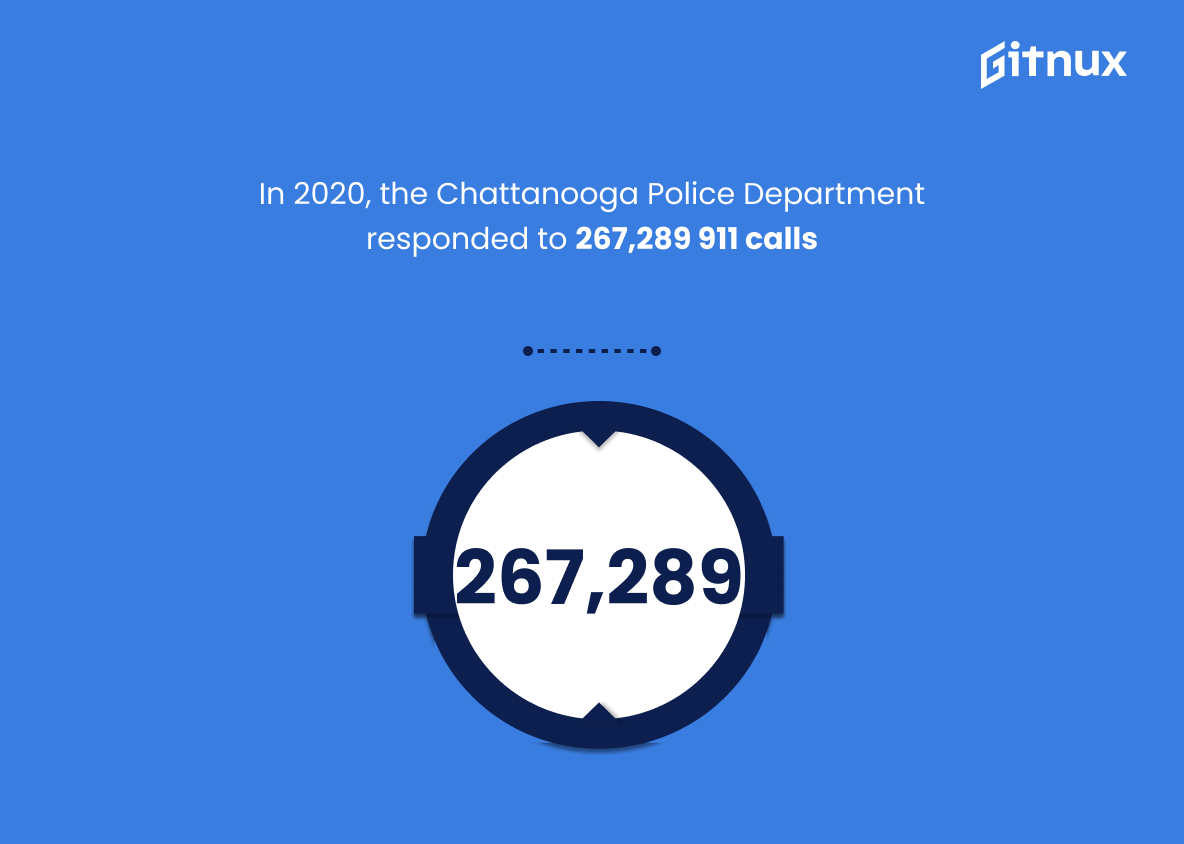The 911 system is an essential part of our public safety infrastructure. Every year, millions of Americans rely on it to get help in emergency situations. In this blog post, we will explore the statistics behind 911 call volume across the United States and Canada.
We’ll look at how many calls are made each year, where they come from (wireless devices or landlines), average response times for different cities and regions, as well as other interesting facts about 911 calls. So let’s dive into these numbers and see what insights can be gleaned.
911 Call Volume Statistics Overview
In 2019, San Francisco received 1.3 million emergency and non-emergency 911 calls.
This statistic is a powerful indicator of the sheer volume of calls that San Francisco’s 911 system had to handle in 2019. It speaks to the importance of having a reliable emergency response system in place, as well as the need for resources to ensure that the system can handle the demand. It also serves as a reminder of the importance of being prepared for emergencies and knowing when to call 911.
On average, U.S. 911 dispatch centers answer 650,000 calls per day.
This statistic is a testament to the sheer volume of calls that 911 dispatch centers handle on a daily basis. It serves as a reminder of the immense responsibility that these centers have in responding to emergency calls and providing assistance to those in need. It also highlights the importance of having a well-trained and efficient staff to ensure that calls are answered quickly and accurately.
The Seattle Police Department responded to 82,865 Priority 1 emergency 911 calls in 2020.
This statistic is a powerful indicator of the sheer volume of emergency calls the Seattle Police Department had to respond to in 2020. It speaks to the immense responsibility of the department to respond to the most urgent of calls, and the dedication of the officers to serve and protect the community.
In 2020, the Minneapolis 911 center received over 400,000 calls.
This statistic is a powerful indicator of the sheer volume of calls that the Minneapolis 911 center had to handle in 2020. It speaks to the immense demand placed on the center and the hard work of the staff who answered the calls. It also serves as a reminder of the importance of having a reliable and efficient 911 system in place.
The Toronto Police Service received approximately 1.9 million 911 calls in 2019.
This statistic is a powerful indicator of the sheer volume of calls the Toronto Police Service had to respond to in 2019. It speaks to the immense responsibility of the police force to respond to the needs of the community, and the importance of having a reliable emergency response system in place. It also serves as a reminder of the importance of having a well-trained and well-equipped police force to handle the demands of the public.
In the United States, an estimated 1,000 lives could be saved annually if 911 response times were reduced by 1 minute.
This statistic is a powerful reminder of the importance of reducing 911 response times. Every minute counts when it comes to saving lives, and this statistic highlights the potential impact of even a small reduction in response times. It is a stark reminder of the importance of 911 call volume statistics, and how they can be used to help save lives.
In 2020, the average response time for Priority 1 911 calls in Austin, Texas was 7 minutes and 2 seconds.
The average response time for Priority 1 911 calls in Austin, Texas in 2020 is a statistic that speaks volumes about the effectiveness of the emergency services in the area. It is a testament to the dedication of the first responders and the efficiency of the 911 system that they are able to respond to the most urgent calls in such a timely manner. This statistic is an important indicator of the quality of emergency services in Austin, Texas and should be taken into consideration when discussing 911 call volume statistics.
911 call volume increased by 15-20% during the COVID-19 pandemic in some US cities.
The increased 911 call volume during the COVID-19 pandemic in some US cities is a telling statistic that speaks volumes about the impact of the pandemic on the public. It is a stark reminder of the strain that the pandemic has placed on emergency services, and the need for increased resources to meet the demands of the public. This statistic is an important indicator of the current state of affairs, and should be taken into consideration when discussing 911 call volume statistics.
The average time spent in a call queue before being answered by a 911 call taker in Houston, Texas is 8.4 seconds.
This statistic is a testament to the efficiency of the 911 call takers in Houston, Texas. It demonstrates that they are able to respond to calls quickly and efficiently, ensuring that those in need of help are able to get it in a timely manner. This is especially important in the context of 911 call volume statistics, as it shows that the system is able to handle the high volume of calls without sacrificing the quality of service.
In 2020, the Chattanooga Police Department responded to 267,289 911 calls.
This statistic is a powerful indicator of the sheer volume of 911 calls the Chattanooga Police Department had to respond to in 2020. It speaks to the immense responsibility of the department to ensure the safety of the community and the dedication of its officers to answer the call of duty.
In 2019, the San Diego Police Department fielded an average of 4,100 calls each day, totaling nearly 1.5 million 911 calls for the year.
This statistic is a powerful indicator of the sheer volume of 911 calls the San Diego Police Department had to respond to in 2019. It speaks to the immense responsibility of the department to respond to the needs of the community, and the importance of having a reliable emergency response system in place.
Conclusion
The data presented in this blog post paints a vivid picture of the sheer volume of 911 calls made each year across the United States and Canada. From New York City’s 10 million annual 911 calls to San Diego’s 1.5 million, it is clear that emergency services are relied upon heavily by citizens for help in times of need. Additionally, with an estimated 80% of all 911 calls coming from wireless devices and response times ranging from 8 seconds to 7 minutes depending on location, it is evident that technology plays a major role in providing quick access to emergency assistance when needed most.
References
0. – https://www.datasf.org
1. – https://www.data.seattle.gov
2. – https://www.mpdc.dc.gov
3. – https://www.www.torontopolice.on.ca
4. – https://www.data.sandiego.gov
5. – https://www.www1.nyc.gov
6. – https://www.data.austintexas.gov
7. – https://www.www.emergencydispatch.org
8. – https://www.www.policeforum.org
9. – https://www.data.chattlibrary.org
10. – https://www.www.houstonchronicle.com
11. – https://www.minnesota.cbslocal.com
